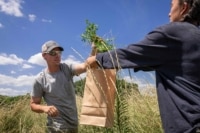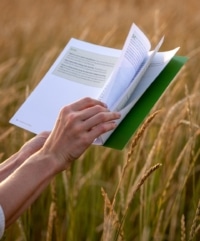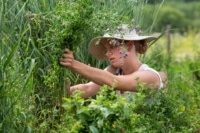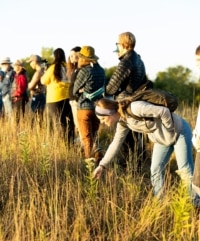Post
Intermediate wheatgrass as a dual use crop for grain and grazing

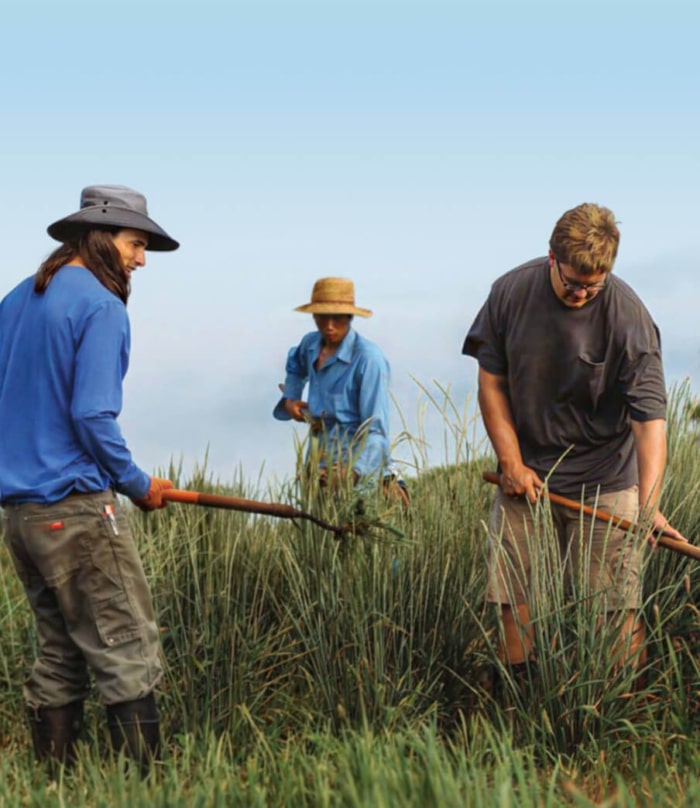
GLOBAL VISION
This map illustrates what success can be when we realize our vision.

We’re cultivating a perennial revolution—one seed, one field, one relationship, one story at a time.
